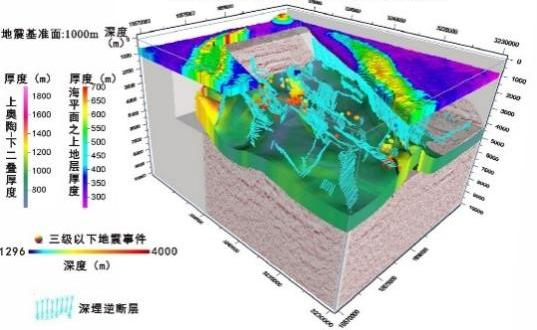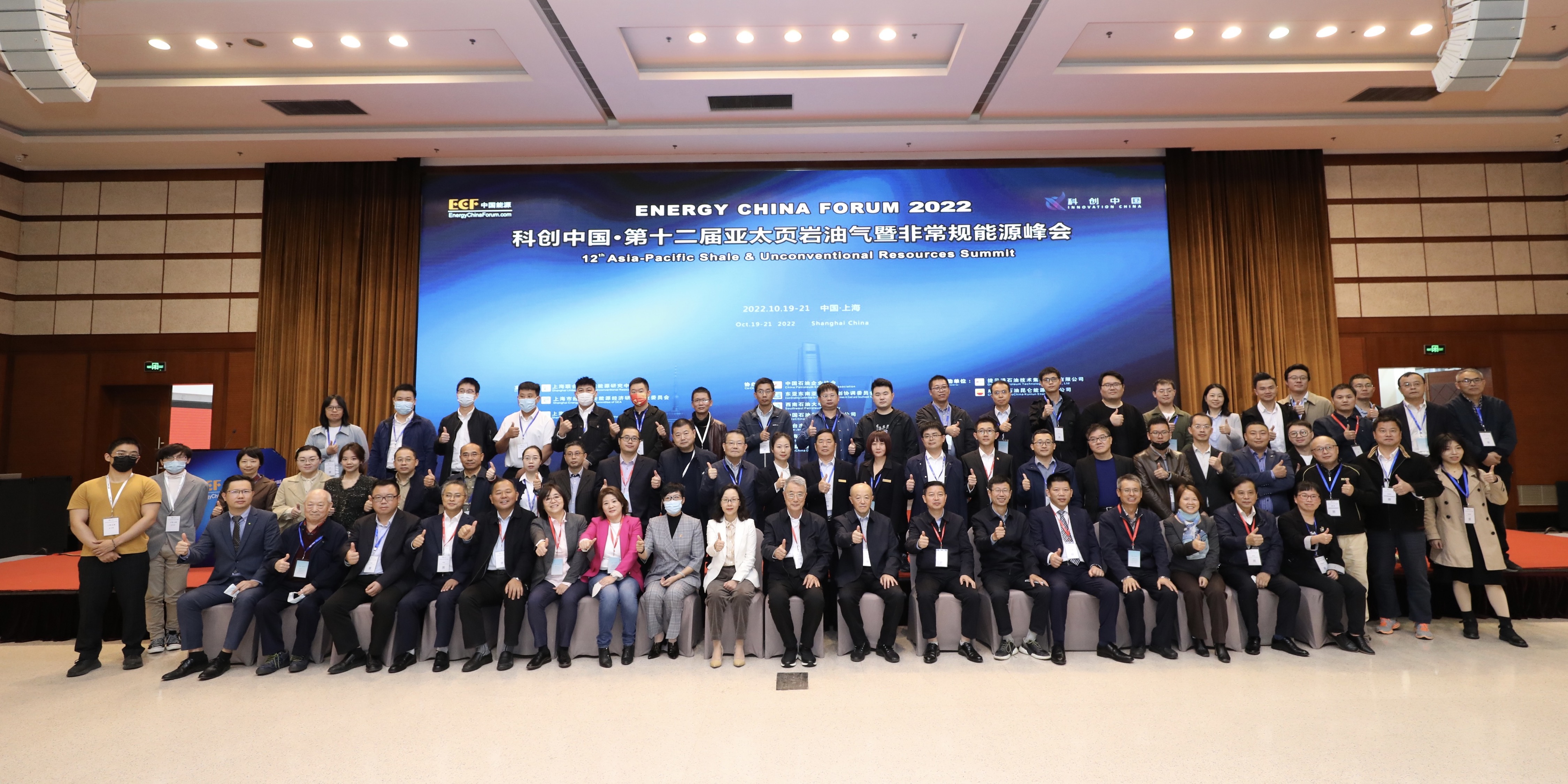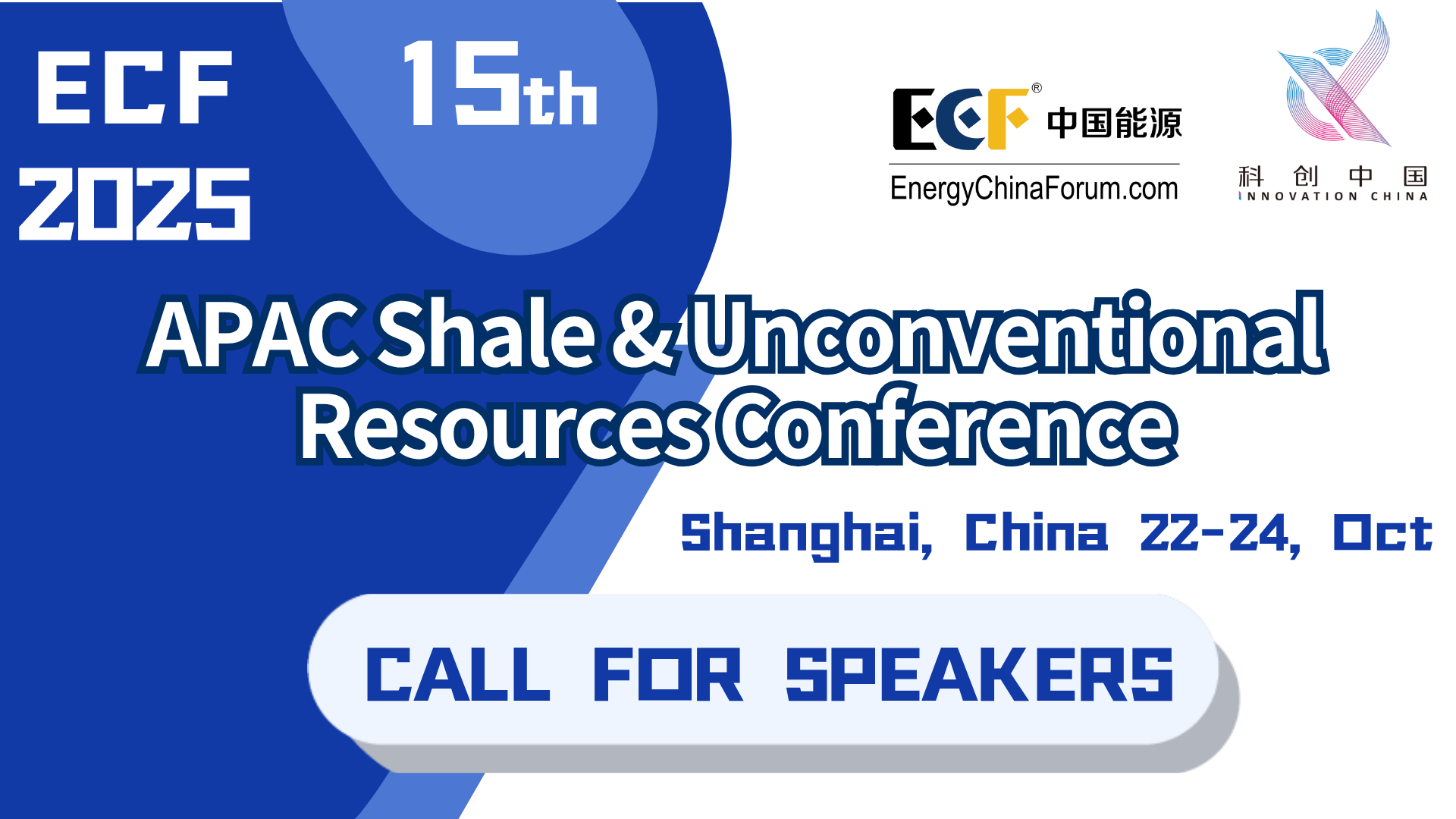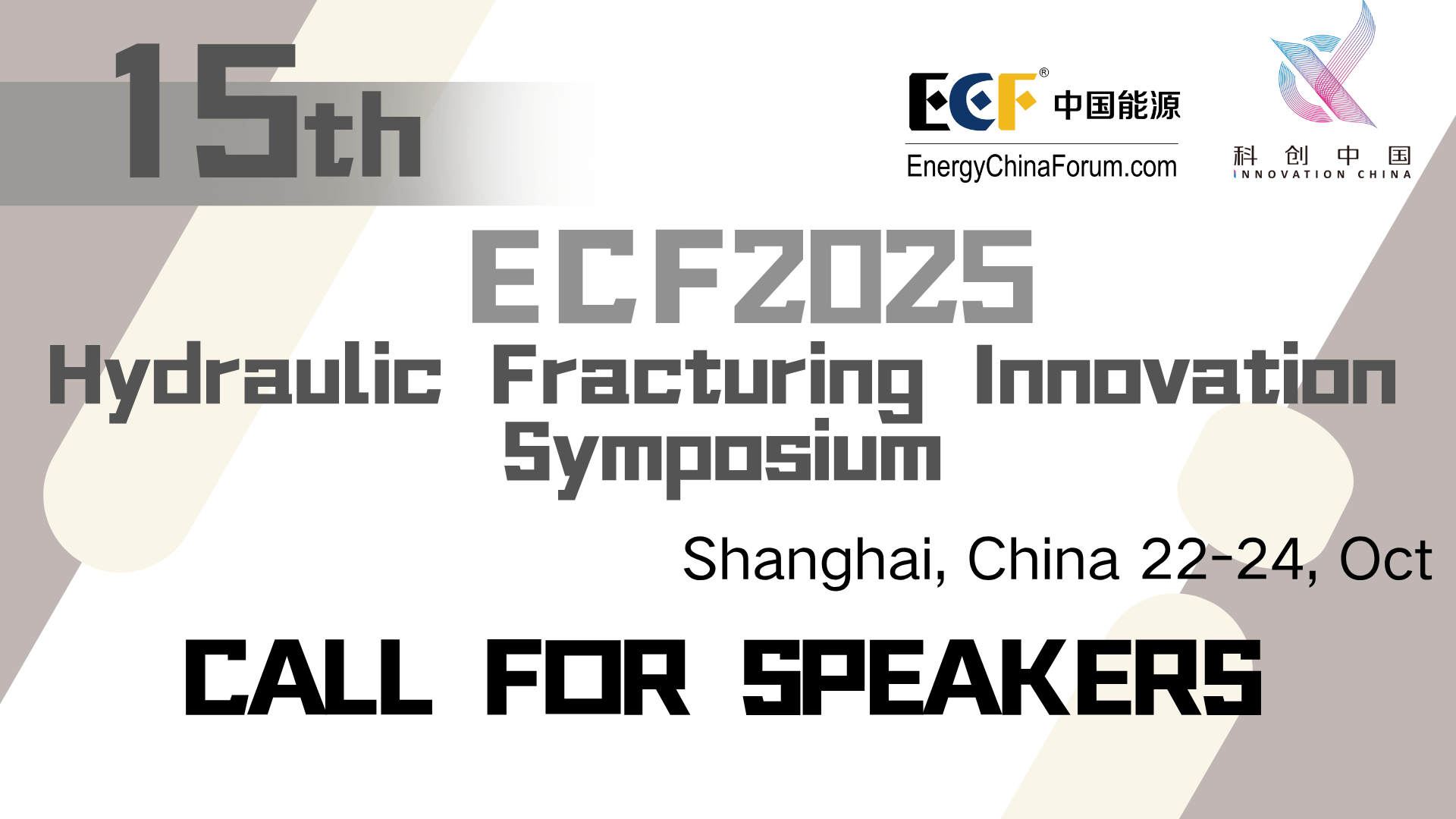Project Title: Key Technologies and Applications for the Safe Development of Deep Shale Gas
Participating Enterprises: Chongqing Institute of Geology and Mineral Resources, Chongqing Huadi Geo-Environmental Science and Technology Co., Ltd., Guizhou Earthquake Agency
Award Received: Scientific and Technological Progress Award - Silver Award
Achievement Level: International Advanced Level
Project Number: ECF-2025-SET-1006
Main Participants: Zhang Ye, Bai Bo, Guo Xiaozhong, Ouyang Liming, Wang Xiaolong, Wang Jinxi, Zhang Zhiping, Huang Yanling, Wu Guodai, Wang Zhi, Zeng Chunlin, Yang Demin, Yu Huawen, Wu Xiaochuan, Pan Shubiao

Expert Review Comments:
International advanced level. This project addresses key technological bottlenecks in the efficient and safe development of deep shale gas resources. It systematically reveals the enrichment mechanisms of deep shale gas, proposes a new theory of “rapid marine transgression–slow marine regression” for sweet spot evaluation, and establishes an integrated development model of “sedimentary-structural coupling control of regions and geological-engineering integration control of sections.” A full-chain technical system has been formed, covering geological understanding, fracturing and production enhancement, and safety control.
The project innovatively constructs a “monitoring–evaluation–regulation” safety assurance system, achieving visualized monitoring and intelligent early warning of development risks, effectively improving the safety and production stability of deep shale gas development. The results have been successfully applied in multiple regions of Sichuan and Chongqing, contributing to the construction of a 100-billion-cubic-meter natural gas base. The project has produced significant economic and social benefits and plays an important role in promoting the safe and efficient development of China’s unconventional natural gas industry.
Main Innovations:
① Revealed the mechanisms of overpressure and differential enrichment in marine deep shale gas, proposed new understandings of “rapid marine transgression” and “slow marine regression” sweet spots, and established the theory of “sedimentary-structural coupling control of regions and geological-engineering integration control of sections,” addressing the questions of “where” and “how much.”
② Formed a fracturing technology system for complex structural zones characterized by “increasing displacement, expanding volume, promoting complexity, ensuring stability, and enhancing productivity.”
③ Pioneered a “monitoring–evaluation–regulation” safety assurance system, achieving multi-dimensional collaborative control of seismic risks.
④ Established a “government–enterprise–geological” collaboration mechanism to promote high-quality industrial development.
Main Uses and Technical Principles:
Main Uses:
① Accurate positioning and resource evaluation, addressing “where” and “how much” issues to guide exploration and design.
② Efficient reservoir stimulation and production enhancement, forming a safe productivity enhancement technology system to improve single-well output.
③ Geological safety risk management and control, achieving real-time monitoring, intelligent assessment, and regulation of development risks.
④ Optimization of development environment and industrial advancement, accelerating project implementation and large-scale development through collaborative mechanisms.
Technical Principles:
Based on geology and geophysics, a geological–engineering integrated sweet spot evaluation model is established. Using rock mechanics and fluid mechanics, fracture volume is expanded and flow conductivity ensured. Seismology and intelligent control technologies are applied to realize closed-loop safety management. Following the principle of institutional collaboration, a cooperation framework and benefit-sharing mechanism are constructed to optimize development efficiency and social benefits.
Technical Applications:
The project achievements have been promoted and applied in enterprises such as Chongqing Shale Gas Exploration and Development Co., Ltd., CNPC Chongqing Gas Mine, CNPC Shunan Gas Mine, Sichuan Shale Gas Exploration and Development Co., Ltd., and Sinopec Chongqing Shale Gas Co., Ltd., mainly demonstrated as follows:
① The mechanism of differential enrichment in marine deep shale gas has been applied to geological sweet spot selection, well location deployment, and geological evaluation in areas such as Weiyuan, Changning, Luzhou, Baigong, Western Chongqing, and Huangguashan, Sichuan. The technology guided 417 wells, achieving major breakthroughs in deep marine shale gas exploration. It directly supported the discovery of 189.3 billion cubic meters of proven geological reserves in the Yuxi Zu 203 and 208 well areas of Chongqing Shale Gas Exploration and Development Co., Ltd., and indirectly supported the discovery of 718.7 billion cubic meters of proven reserves by CNPC Shunan Gas Mine, Sichuan Shale Gas Exploration and Development Co., Ltd., and Sinopec Chongqing Shale Gas Co., Ltd.
② The established “complexity control–volume expansion–productivity enhancement” safe and efficient fracturing development technology system has been applied in 415 well operations. The average EUR per well increased from 0.08 billion m³ to 0.12 billion m³, with high-yield wells reaching an EUR of 0.25 billion m³.
③ With the implementation of the established safety control system, no geological safety incidents caused by shale gas development occurred within the working areas, ensuring overall operational efficiency and large-scale development.





